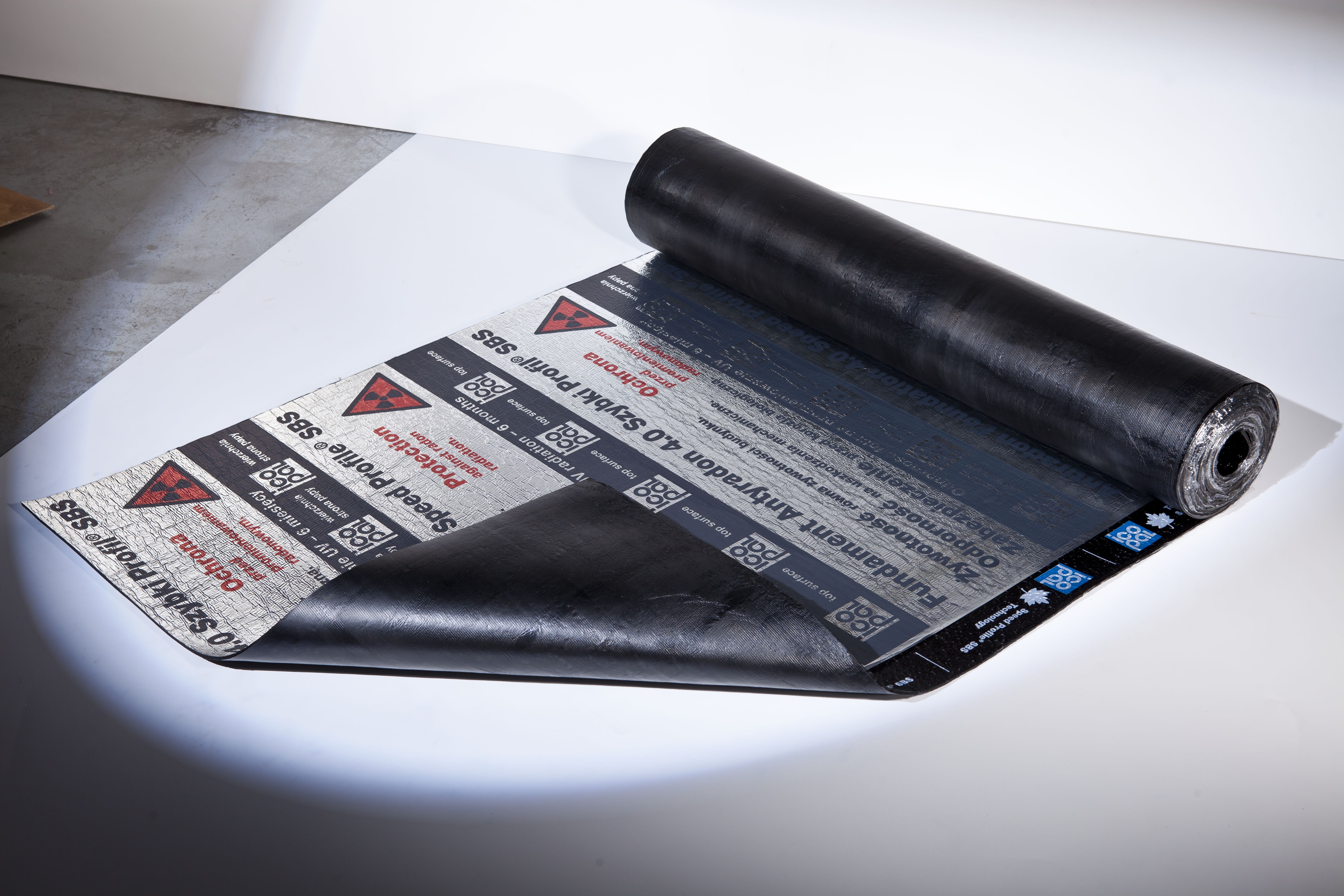
As any responsible homeowner, you want to make sure you’re living in the best conditions for your health and the health of your loved ones. That’s why today we want to warn you about the existence of a silent, odorless and colorless danger that can exist inside the home and cause cancer.
Radon, an odorless and colorless radioactive gas produced by the radioactive decay of uranium in the soil, forms underground and most of it seeps to the surface where it dissipates into the air. In this situation, entering the atmosphere, it is harmless to health. The situation is different when buildings are built on land contaminated with this gas, as it penetrates inside through openings, construction seams or pores, where it reaches concentrations above normal limits, posing a health hazard to residents. The good news is that there are protective solutions that we invite you to discover, as well as a few other things you probably want to know about radon.
1. Indoor radon concentrations tend to vary from building to building due to differences in construction techniques, types of ventilation provided, household habits, and most importantly, geology.
2. Radon is radioactive and therefore carcinogenic, and inhaling it in excess is considered the second leading cause of lung cancer after smoking and the leading cause of lung cancer among non-smokers. You may be surprised to learn that radon makes up about half of the radiation that humans are exposed to.
3. You can find out if you are exposed to radiation with high levels of natural radon in your home and take steps to reduce it. Constantin Cosma Radon Testing Laboratory – LiRaCC is the only institution in Romania authorized by CNCAN as a notified testing laboratory that carries out systematic radon testing in all environmental factors, with experience and international recognition for more than 15 years.
4. After learning that their home may contain harmful levels of radon, many people’s reaction is to open all the windows to ventilate and let it out. Unfortunately, since there is a constant source of radon in the ground beneath the building, opening windows is not a reliable way to reduce the gas levels in the long term.

What can be done to protect the residents of the house?
Radon is present everywhere in the environment and cannot be completely removed, but the level of its presence can be significantly reduced, up to acceptable values for the human body. The most effective and economical way to achieve this in a living space is to install a mechanical barrier, which should be accompanied by improved ventilation of the premises. There are anti-radon membranes specially designed for soils contaminated with chemicals or high concentrations of methane or radon gas. They are reinforced for superior durability and contain aluminum foil to act as a gas barrier. In addition, after installation, they, being resistant to moisture, will protect the building from the penetration of moisture from the ground.
In the Icopal range distributed on our market by BMI Romania, you can find two types of anti-radon membranes made of low-density polyethylene (LDPE) or bitumen, which meet the most stringent requirements for protection against radon penetration and require simple installation. and quickly, by specialized teams. Thus, your home will become the safe home you want for your health and the health of your loved ones.
The article is supported by BMI Romania
Source: Hot News RO
Anna White is a journalist at 247 News Reel, where she writes on world news and current events. She is known for her insightful analysis and compelling storytelling. Anna’s articles have been widely read and shared, earning her a reputation as a talented and respected journalist. She delivers in-depth and accurate understanding of the world’s most pressing issues.